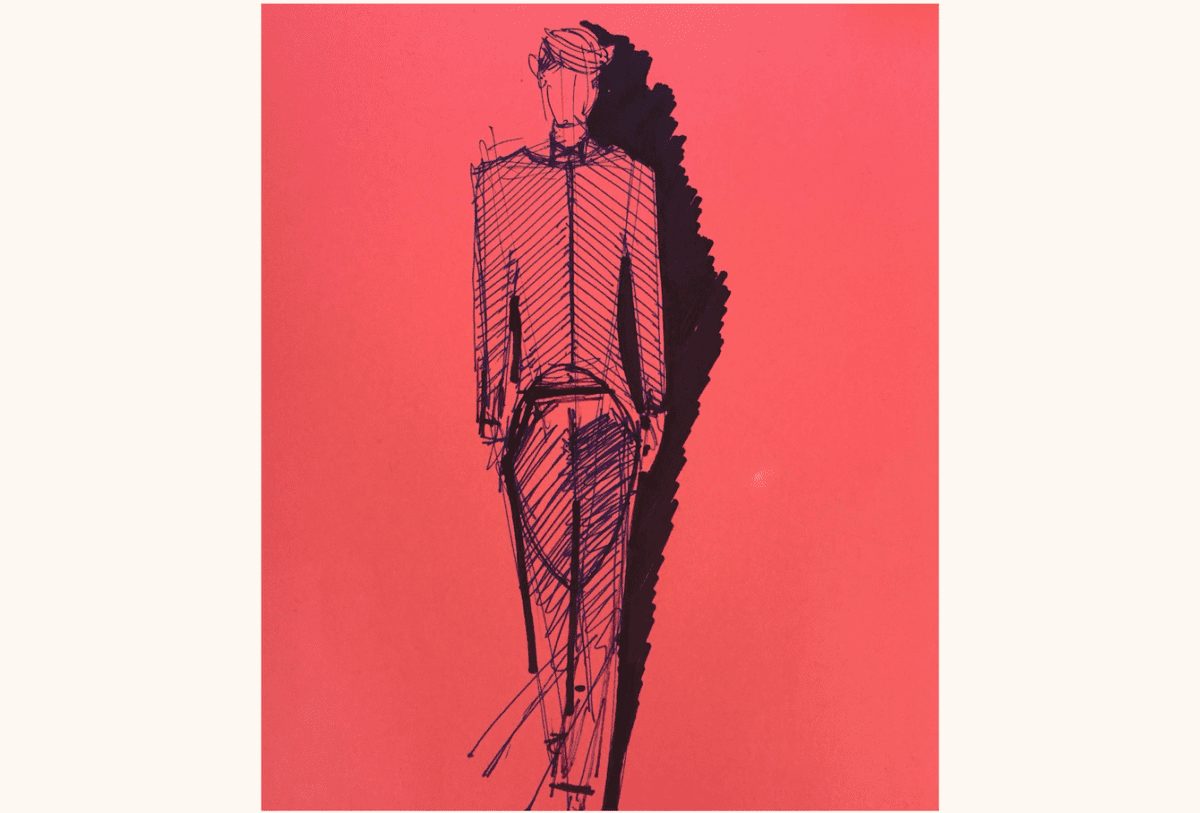
OnOffice sits down with Senior Interior Project Designer at Perkins&Will’s New York Studio to discuss all-things design and Shah’s dynamic career path
OnOffice: Why were you compelled to enter the field of design?
Arjav Shah: Growing up in India, I always dreamed of pursuing a career in fashion. Instead, I was encouraged to study engineering, as fashion and design were regarded as ‘easy’ disciplines for women, and there was a lot of stigma attached to men pursuing art-related professions. Fortunately, I found architecture, a career that bridged the gap between art, design and engineering. Although not my original chosen path, I knew I had chosen the right field in architecture when I ranked first in my state, against 20,000 students. Today, I’m a senior interior project designer at Perkins&Will’s New York studio, and have led a number of award-winning projects in New York City and around the world.
OO: What makes your design approach unique?
AS: I believe that design has no boundaries and is generated out of ideas that have no limits. Creativity is fluid and inspiration from one area of your life can drive success in the other. While I never pursued my career in fashion, for example, the inspiration I derive from designing a piece of clothing shapes the way I approach the design of a physical space. Like constructing a garment, I like to consider each and every piece of construction at a granular level. In fact, when there’s left-over fabric or material from projects, I make clothing for myself out of these fabrics, as a way to channel my creativity into the work I do. The art of drawing came to me intuitively and I use it to instigate the development of critical thinking and problem solving.
OO: Tell us about some of your career highlights?
AS: Though I’ve worked on a diverse portfolio, there are a few projects that stand out to me. In 2014, I led a project in Sydney, Australia, for a client that required a highly efficient and healthy office design. My team and I delivered a remarkable design that exceeded sustainability baseline requirements, with a LEED-CI Platinum score of 89 – the highest ever awarded in Australia in 2014.
Four years later, I led the re-design of the Nixon Peabody New York law offices, another highlight of my career, largely because of the challenges that it brought. Nixon Peabody tasked us with a clear design objective: break the norms of traditional law design, promoting employee creativity and engagement within a vibrant, open, loft-like environment.
Our team collected input from attorneys, managers, and leadership in order to plan and design a workplace solution that would meet everyone’s needs. Through design we were able to transform the organisation and inspire innovation. The project won 2018 Project of the Year, New York City CoreNet, and 2018 Crain’s New York’s Coolest Offices. I’m really proud to have been part of both of these projects.

OO: How do you overcome challenges or creative blocks?
AS: When I get stuck on a problem, I tend to ruminate on the problem, write down words about it and try to draw out my problem to reduce stress of feeling stuck and hopefully find a solution. Most importantly, drawing makes me feel happier! I also look to my mentors, who have been an instrumental part of my career progression since the beginning, my colleagues and others in New York City – it’s such a vibrant and creative hub. You don’t need to go far to find inspiration around every corner.
OO: How do you see workplace design shifting in the coming years?
AS: Design in general has no boundaries, but I think designers are still very siloed and lack cross-pollination. I’m hopeful that the profession can become more fluid and we’re already seeing the benefits when projects draw in a variety of architects and designers across disciplines. As a culture, Perkins&Will is very encouraging of convergence and collaboration between sectors, whether it be workplace and healthcare or science and tech and urban planning. The output we produce as designers should be fluid; why we don’t see more architects designing jewellery or hardware?
OO: What advice do you have for young designers beginning their careers?
AS: Be unafraid to argue for what best serves design, beyond anything else. As designers, we strive to ensure that our designs satisfy the needs and wants of our clients, but often fail to recognise our obligation to advocate for design that best serves the population that will be using it. Beyond that, as young professionals you may find yourself working long hours carrying out someone else’s vision and not being able to express yourself as creatively as you hoped for. Those things will eventually come.
Use the time at the beginning of your career as an opportunity to learn as much as possible, stretch outside of your comfort zone to grow, find mentors who will help you develop professionally, network with peers and establish relationships with people across the industry, think about your unique value and what matters to you as a designer. Most importantly have an individual voice and do not forget to dream big!
Image and illustration by Arjav Shah
Enjoyed this article? Read more: At work with Adam Nathaniel Furman























